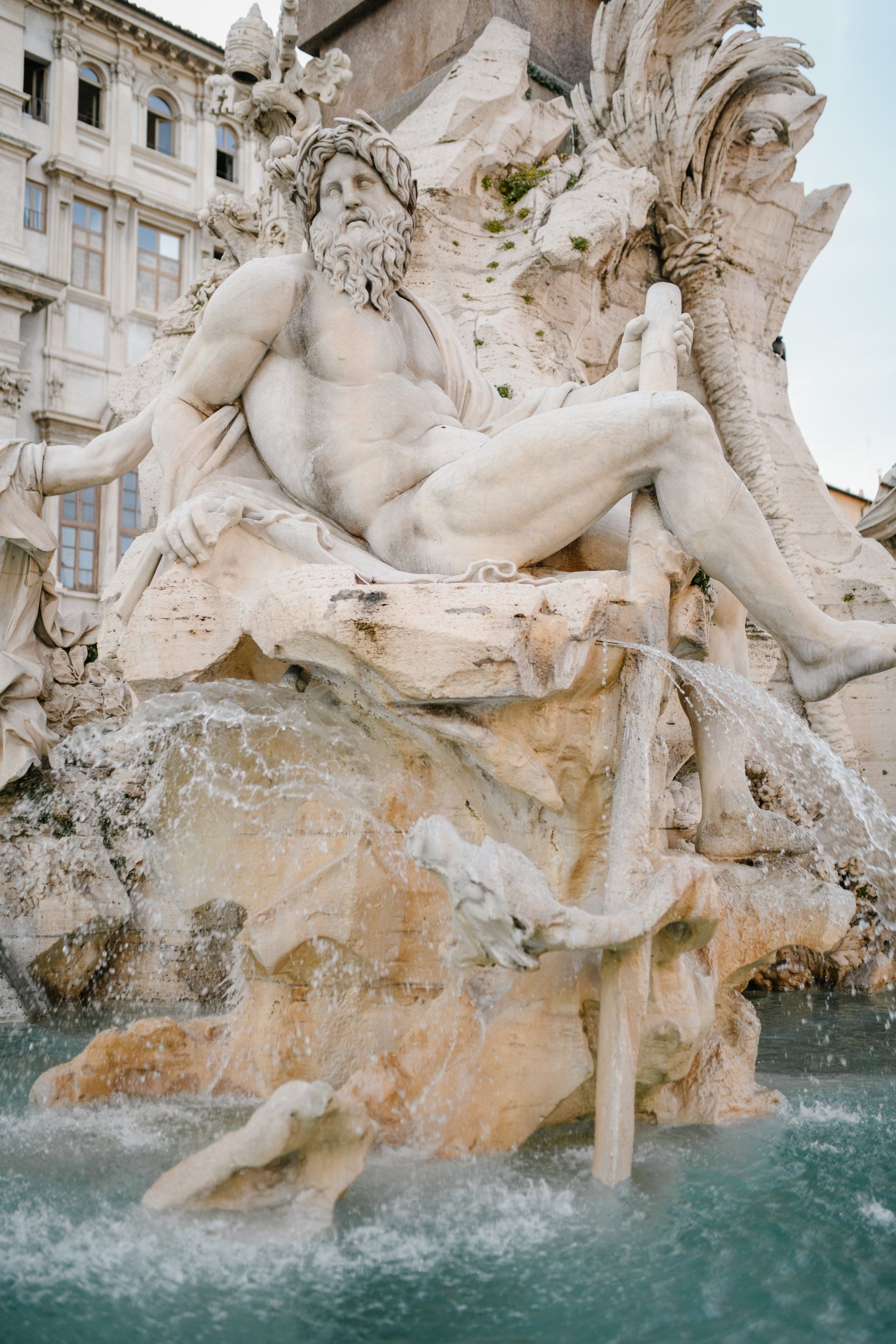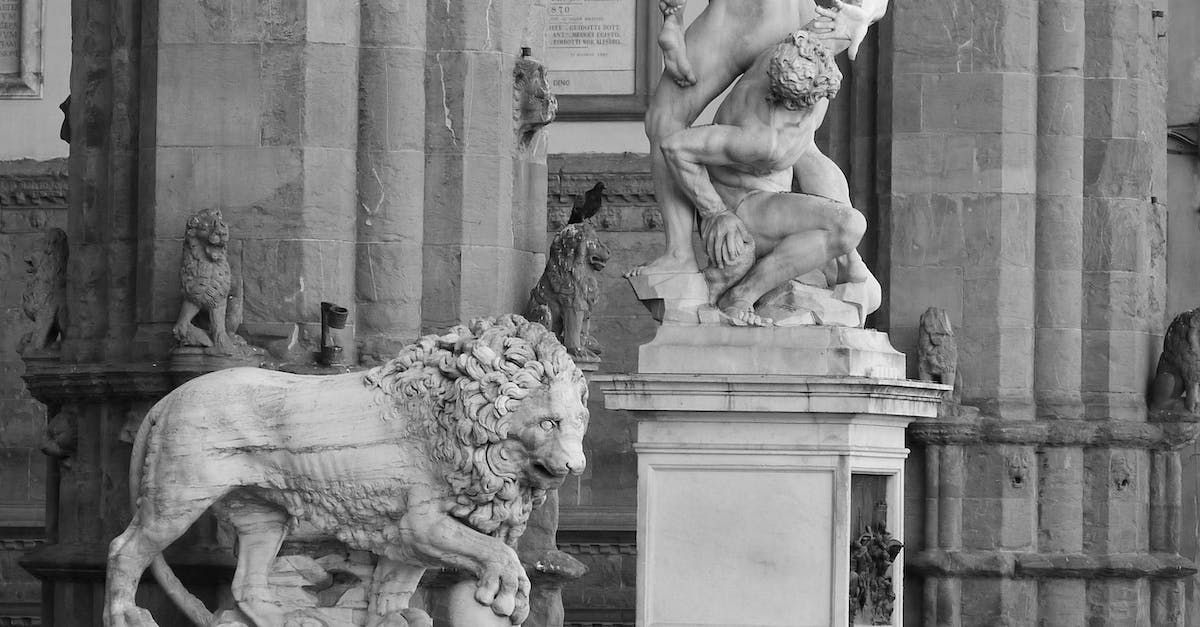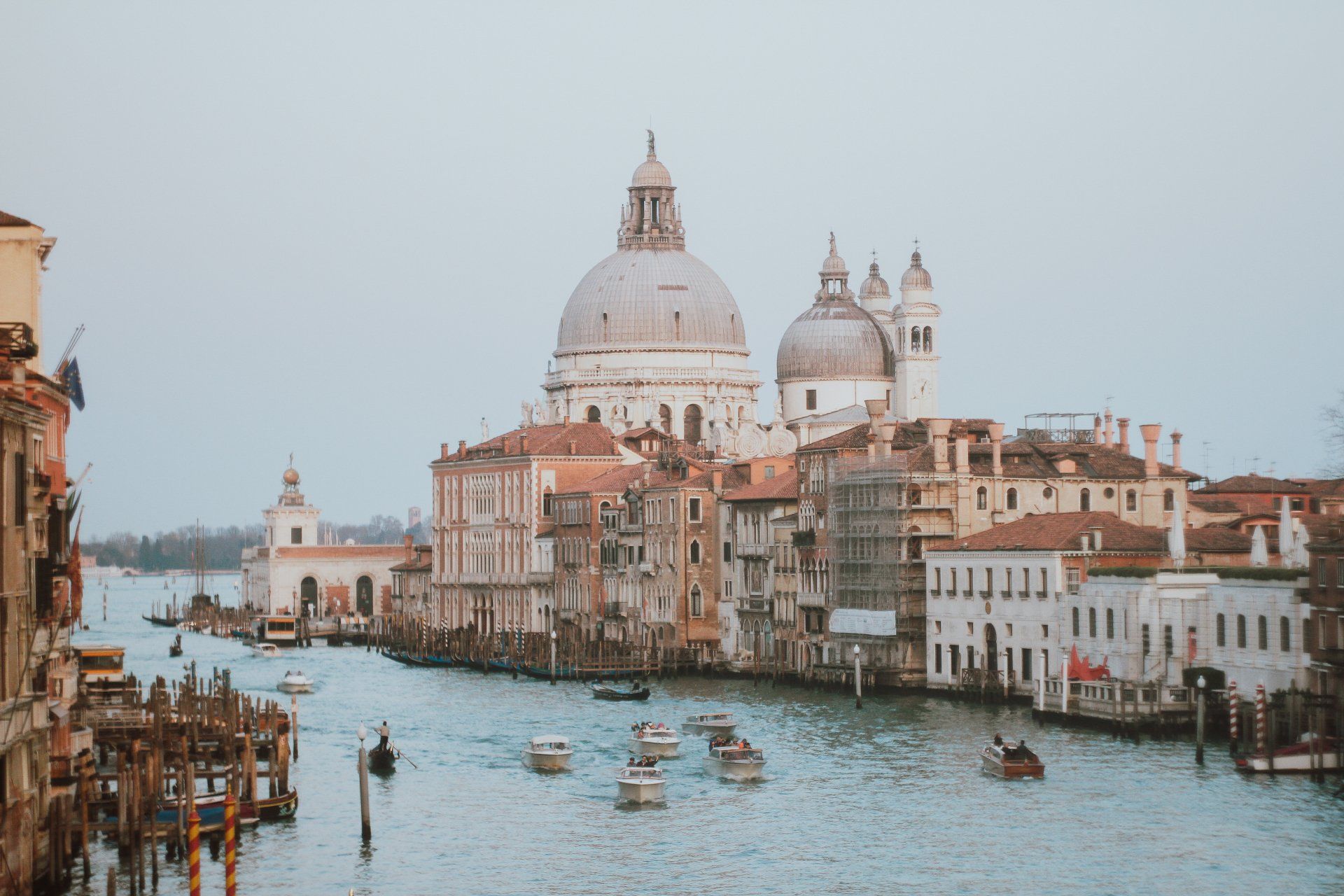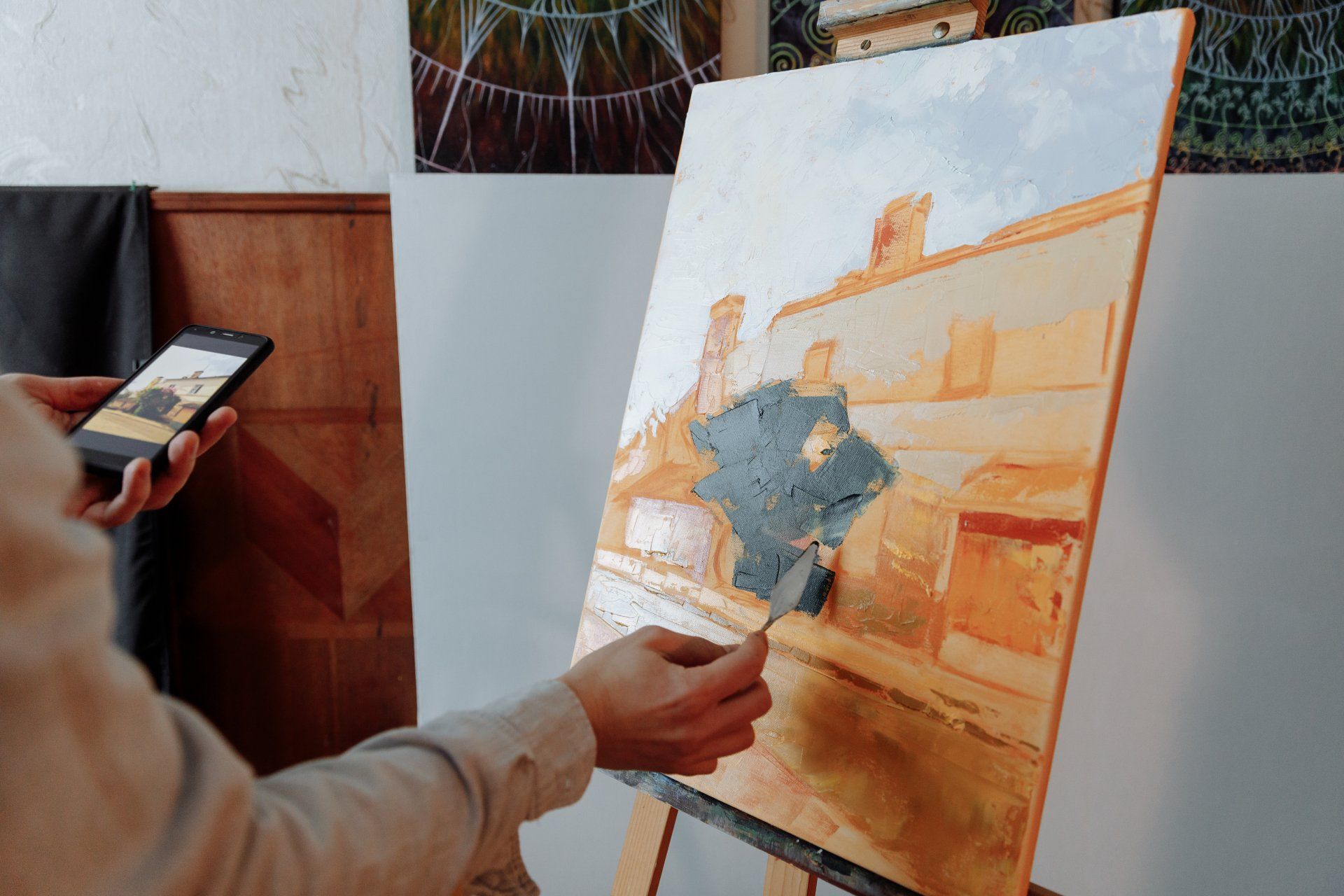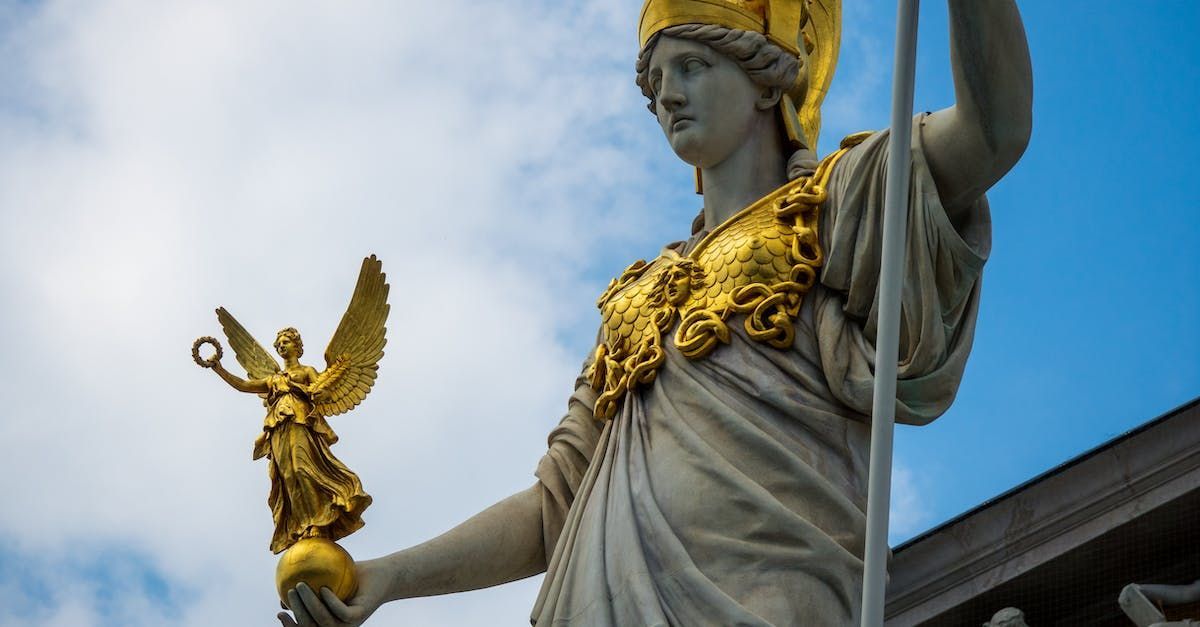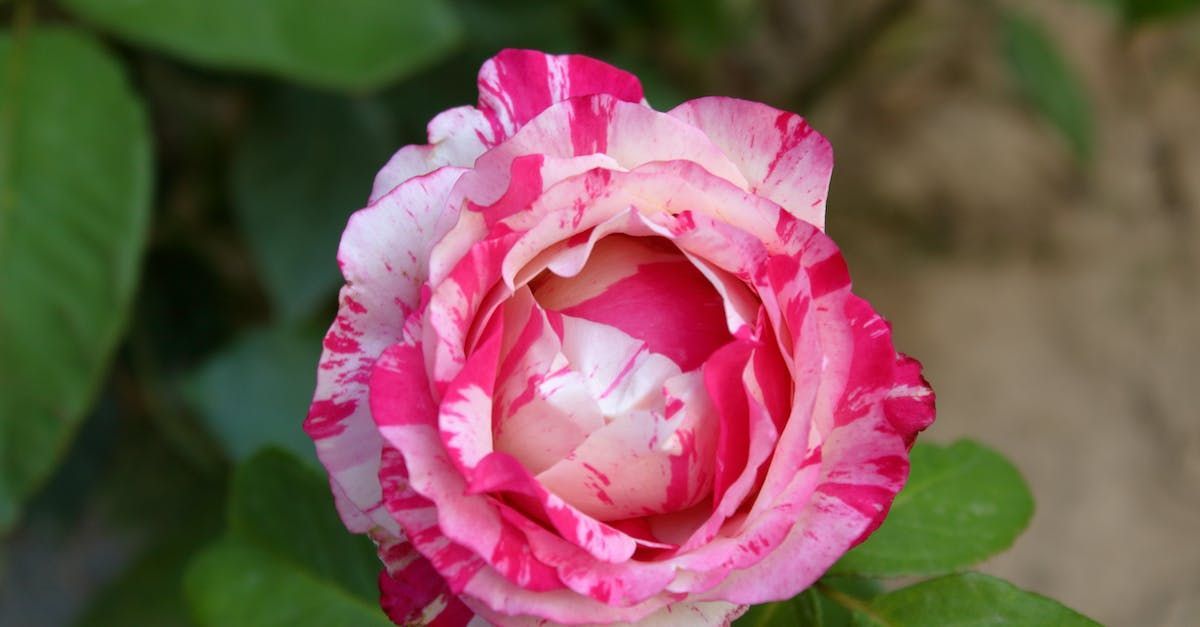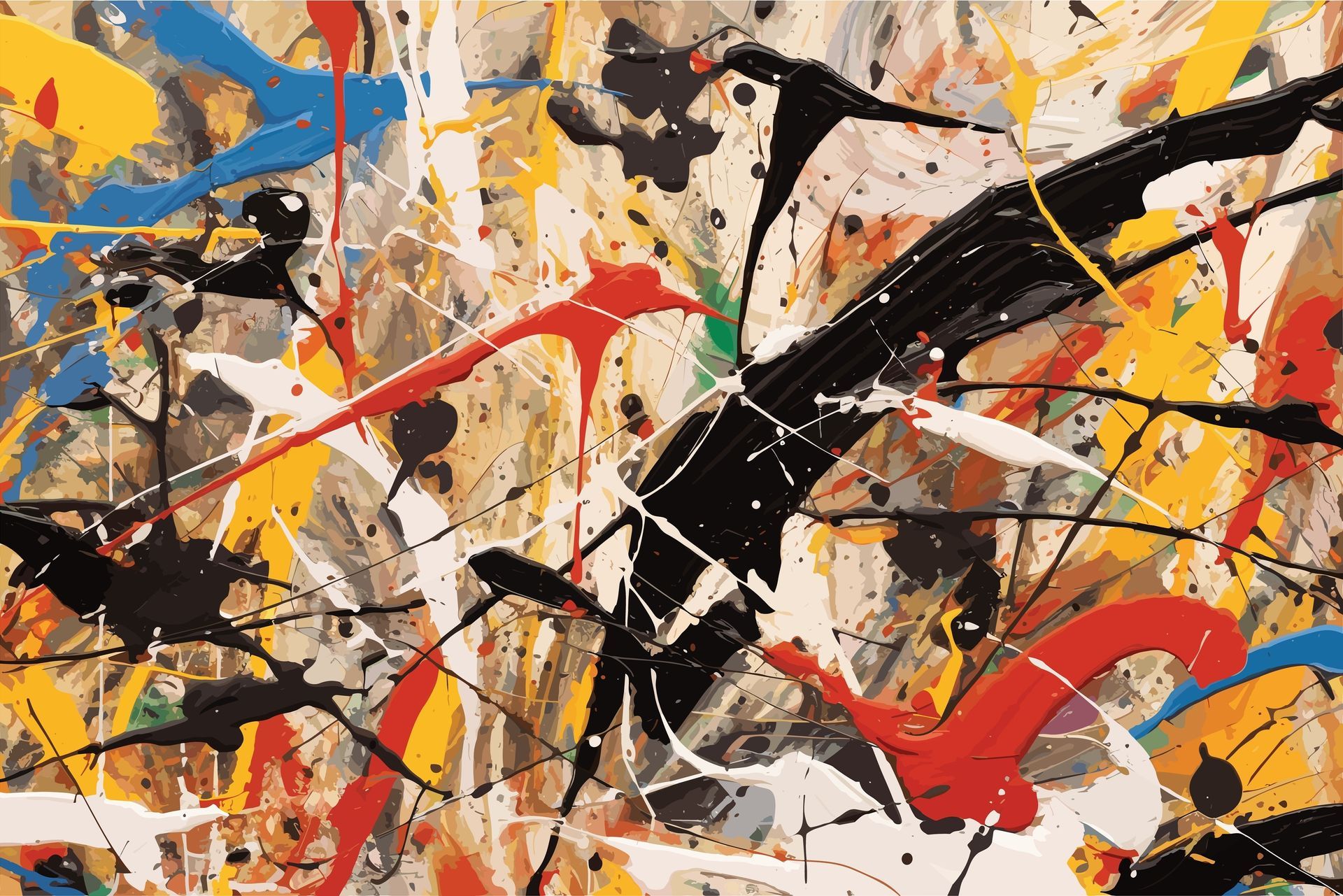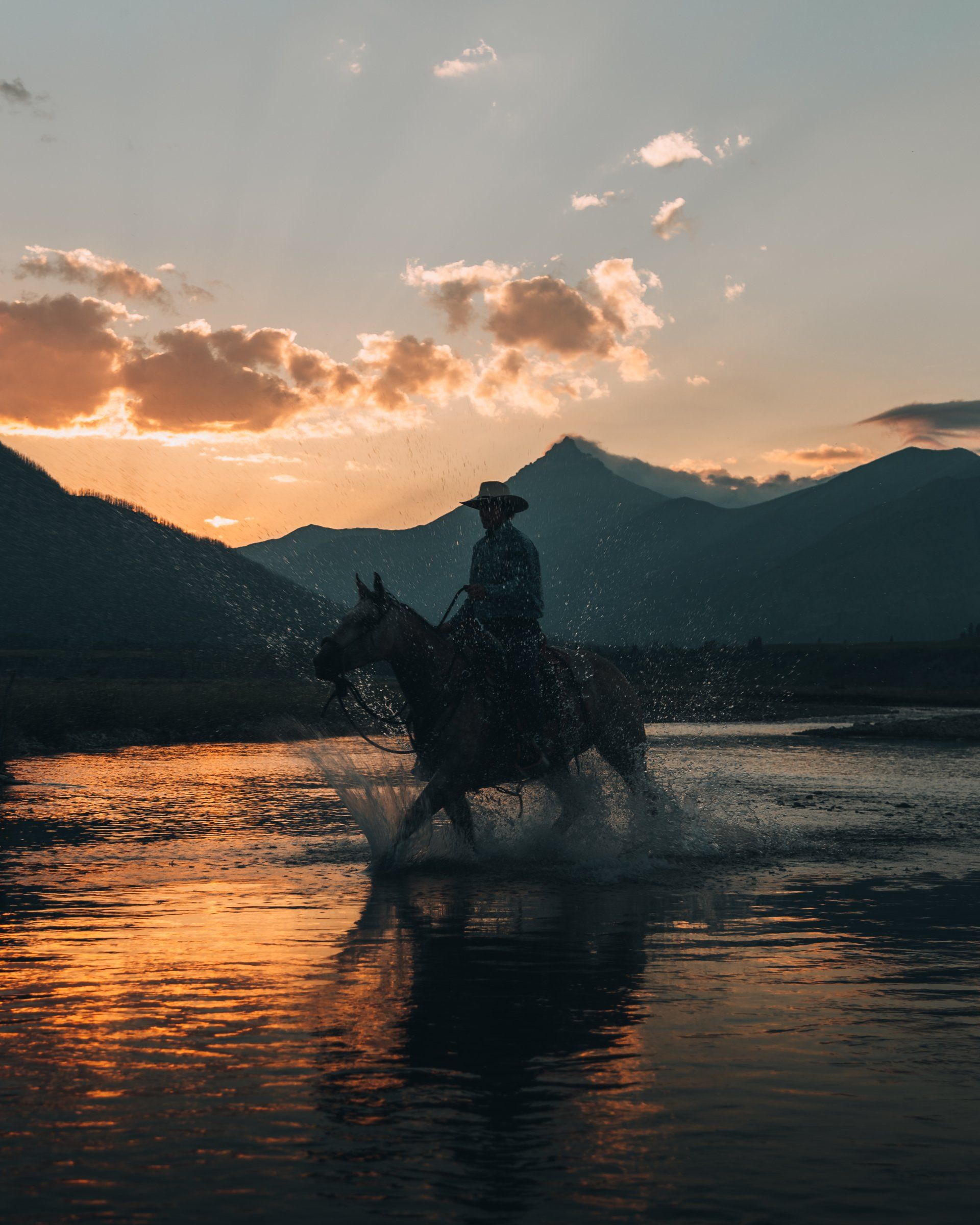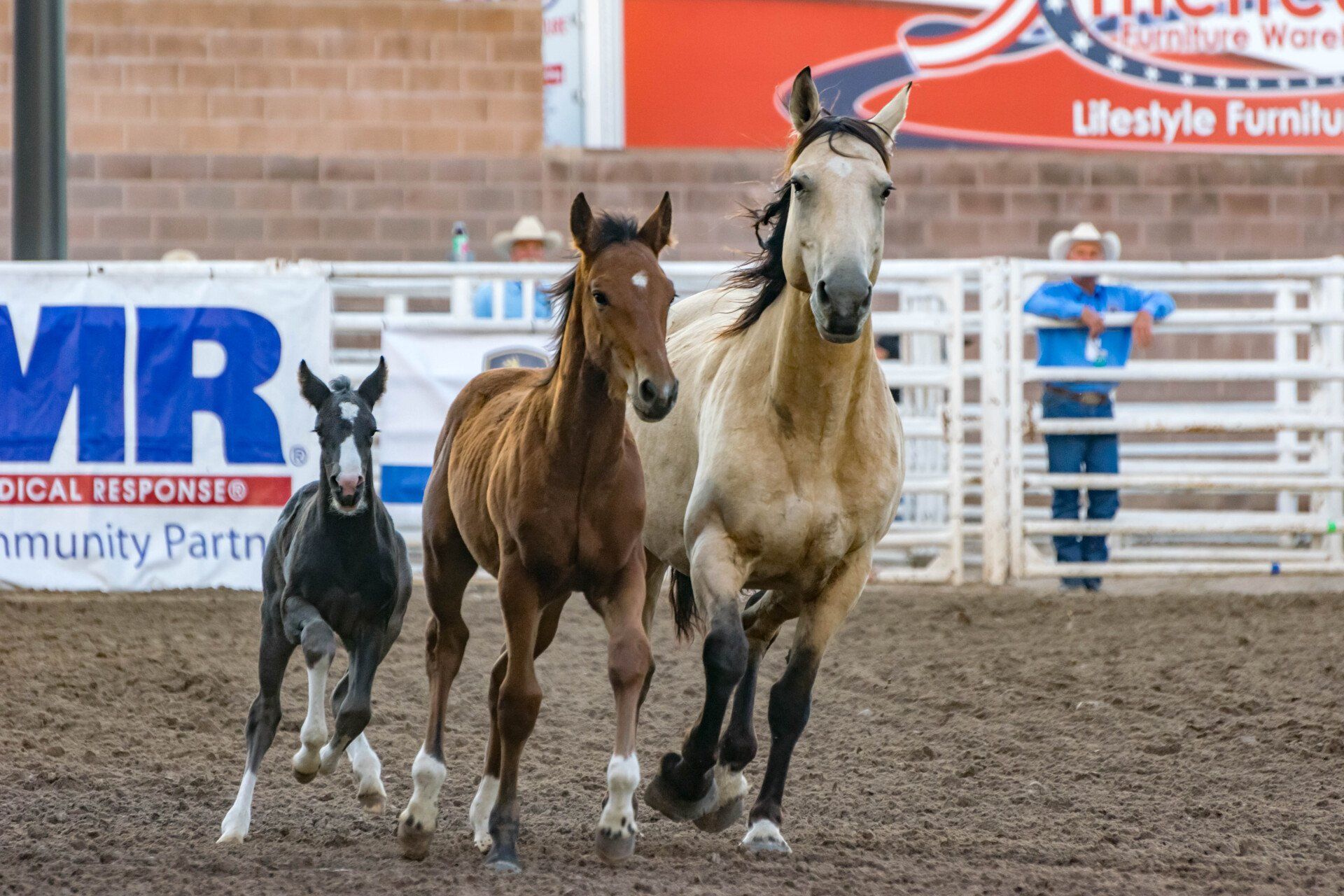AI Image Generators: Tool or Art? A Reflection on Creativity in the Age of Algorithms
Art in the digital age
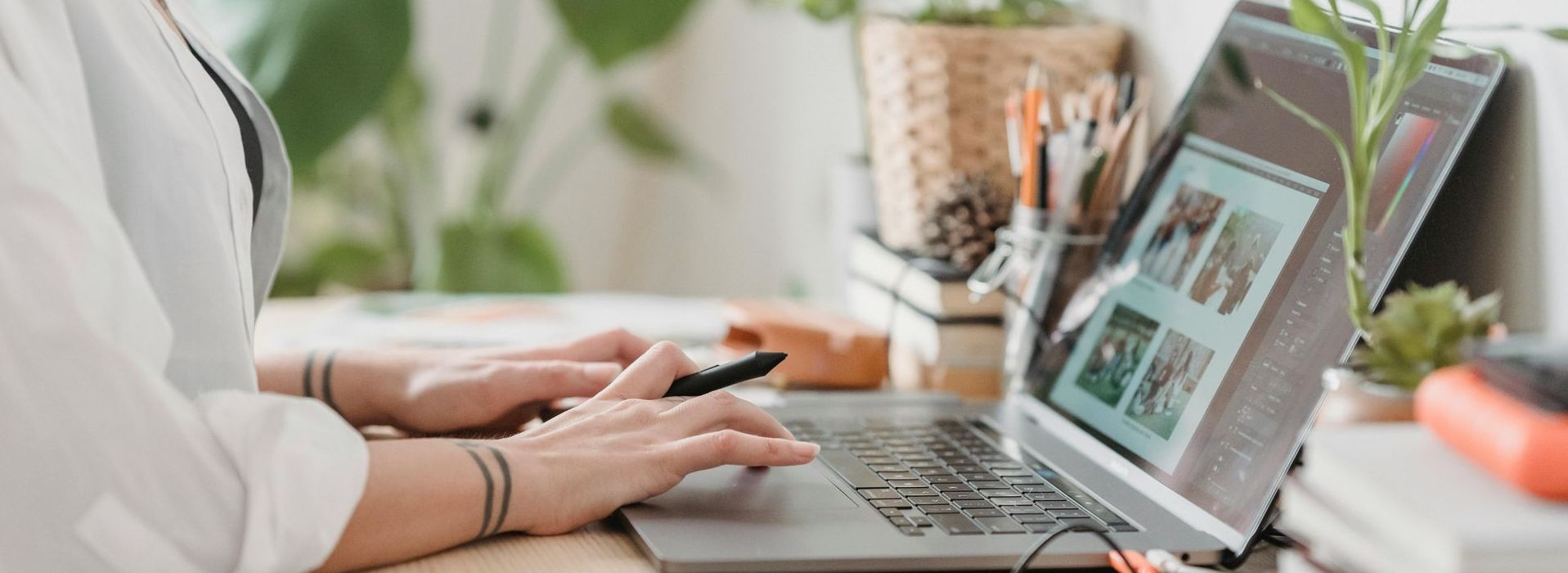
In recent years, the rise of AI image generators like Midjourney, DALL·E, and Stable Diffusion has stirred up a heated debate: Are these outputs considered art? And more importantly, should the people generating them be considered artists?
At the core of the conversation lies a deeper question about the nature of creativity. Human beings have long defined art as the result of expression raw, personal, and deeply emotional. It is a process that requires vision, skill, practice, and often struggle. Whether it’s a pencil sketch, an oil painting, or digital illustration, human-made art carries with it the story of the creator: their hands, their thoughts, their time. There has even been debates on if photography can be considered art, since the process is much simpler than drawing or painting and seems to require very little effort on the photographers’ part to take the picture. But that is a topic for another day.
By contrast, AI image generators don’t create in the same way. These systems are trained on vast datasets of existing images, styles, and visual patterns. When a user types in a prompt, the AI synthesizes elements from its data and produces a result. The user may refine the prompt, adjust settings, or curate outputs but the generator does the visual labor.
So, where does this leave the person behind the prompt?
AI image generators, at their best, are tools. Just like cameras, brushes, or design software, they can assist in the creative process but they should not define it. The person entering prompts is not making compositional choices with their hands, not layering color with intuition, not physically shaping a work from start to finish. Instead, they are more akin to art directors guiding a tool toward a visual goal, but not crafting the piece themselves. I saw a video of Brandon Sanderson and his take on AI image generators and I like how he related it to how he works with artists for his books. He knows what he wants to make, and he tells the artist. He makes a few changes with a few different prompts until he gets the image that he wants. Not too different from using an AI image generator. The difference, he states, is that he never takes credit for the art, he leaves that credit to the artist. He directed the art; he did not create it. He left that credit to the artist them self.
This distinction matters. While the outputs of AI can be visually striking, even stunning, they should not be elevated to the same status as works born from traditional or digital human craftsmanship. Art created by human hands carries with it an authenticity that cannot be replicated by machine logic. It reflects a lived experience, a personal voice, and an intentional hand.
AI art can be helpful. It can support concept design, storyboarding, visual brainstorming, and accessibility. It can even inspire traditional artists with new ideas or forms. But it should remain a supplement not a substitute for true artistic expression. We should understand that these technological advances help us make art faster and more accessible to us, but should not replace us.
To blur the lines too much is to risk undervaluing human creativity. If we start calling every prompt-based output “art” and every user an “artist,” we dilute the meaning of both.
In a world increasingly shaped by automation and algorithms, preserving the human essence in art becomes more important than ever. AI is a powerful tool but a tool nonetheless. Let’s use it wisely, creatively, and responsibly without forgetting the irreplaceable value of the human touch.
